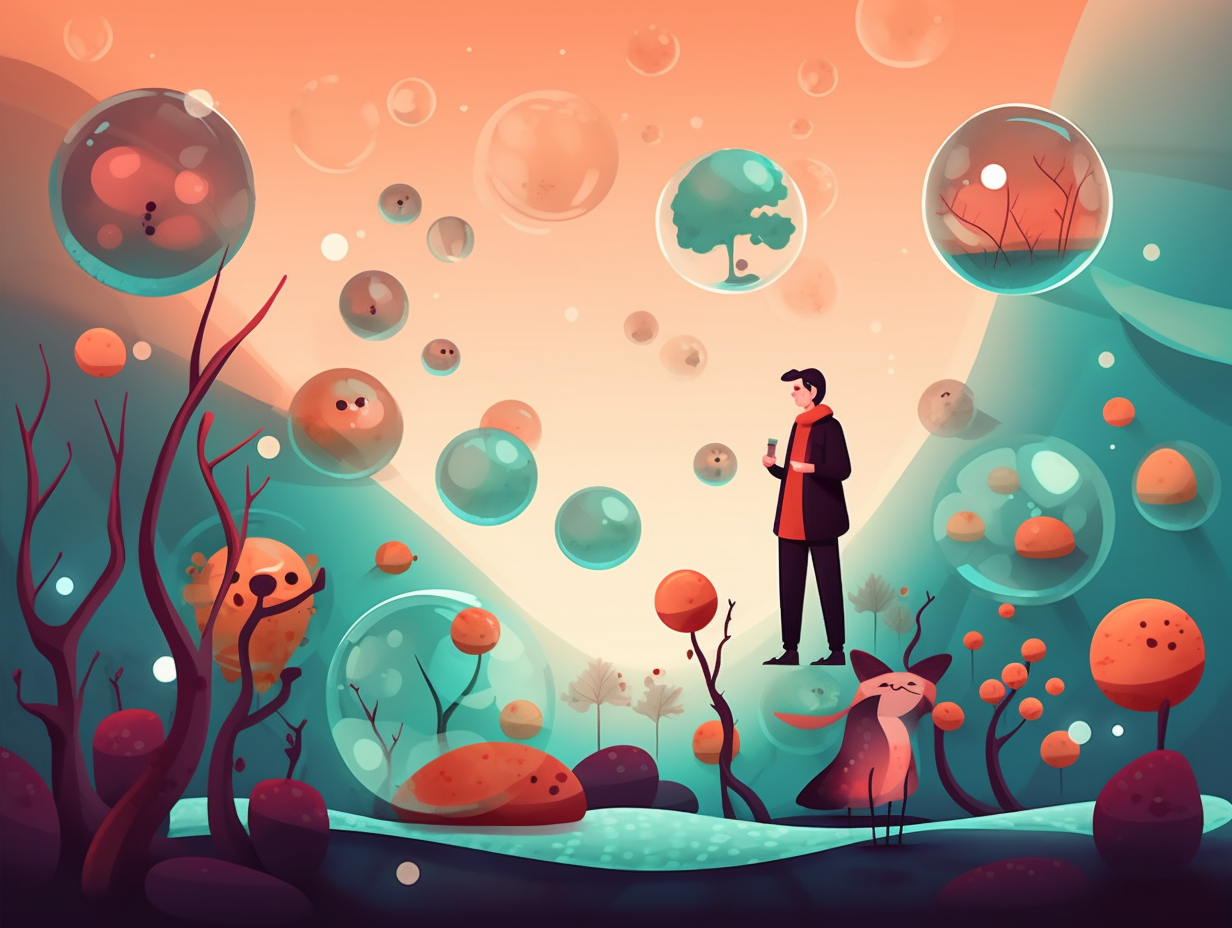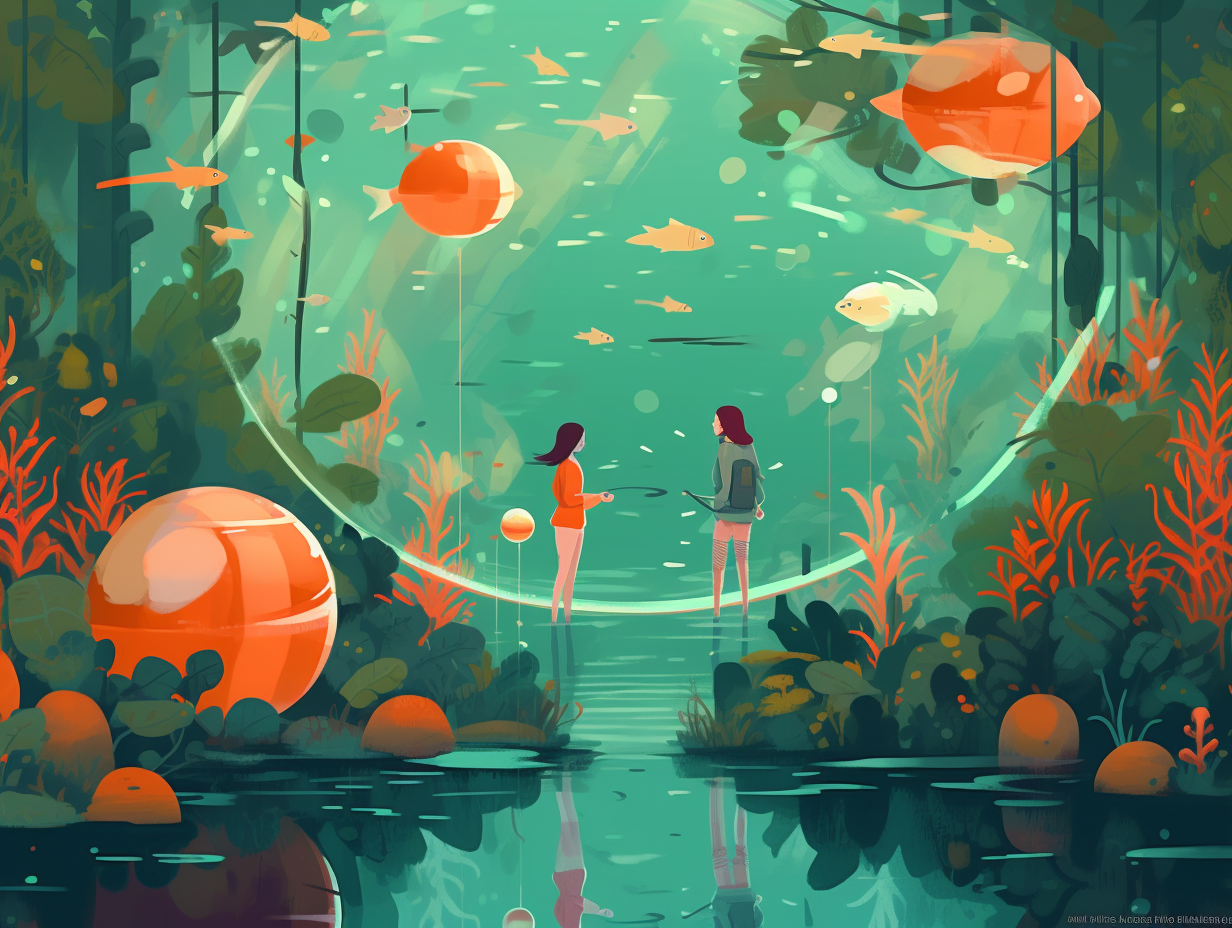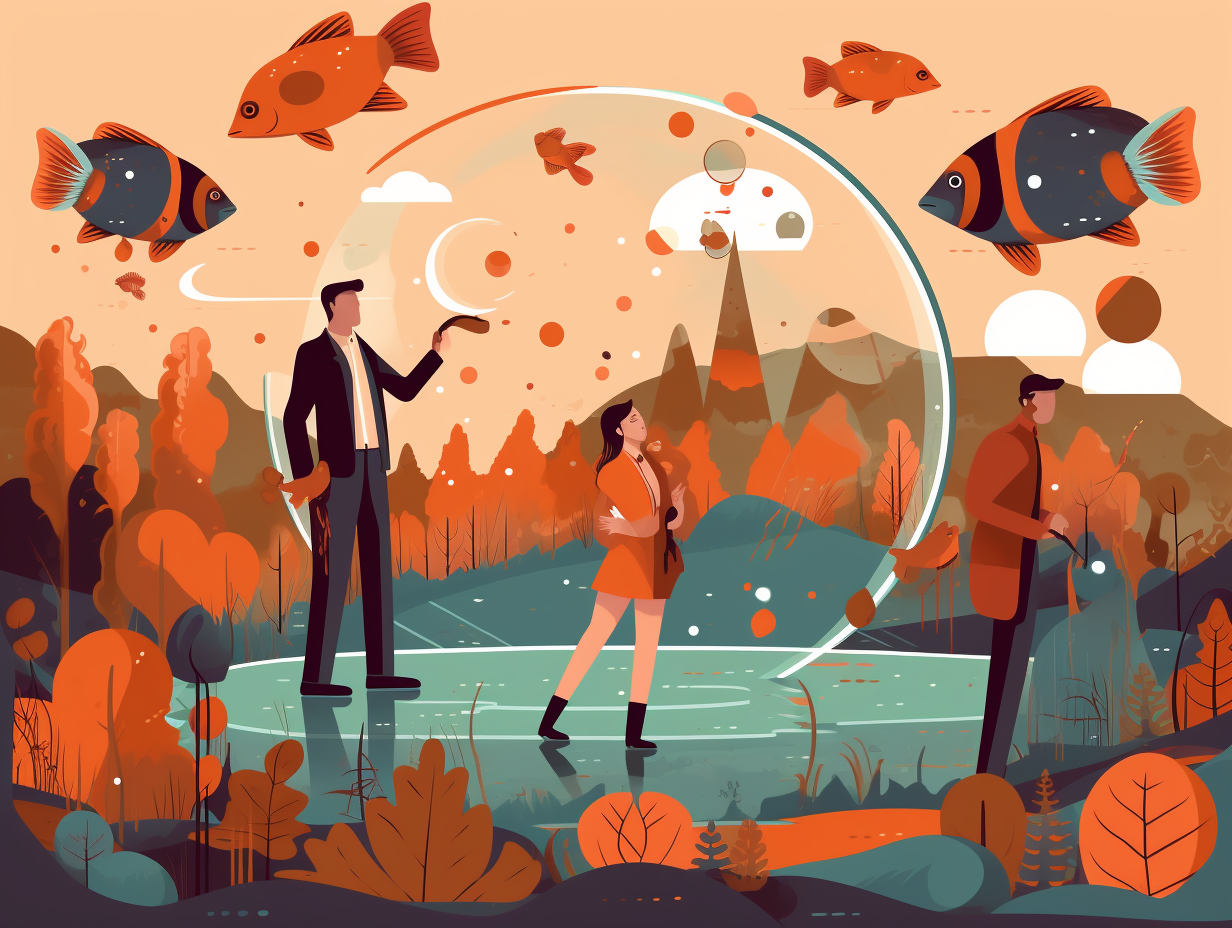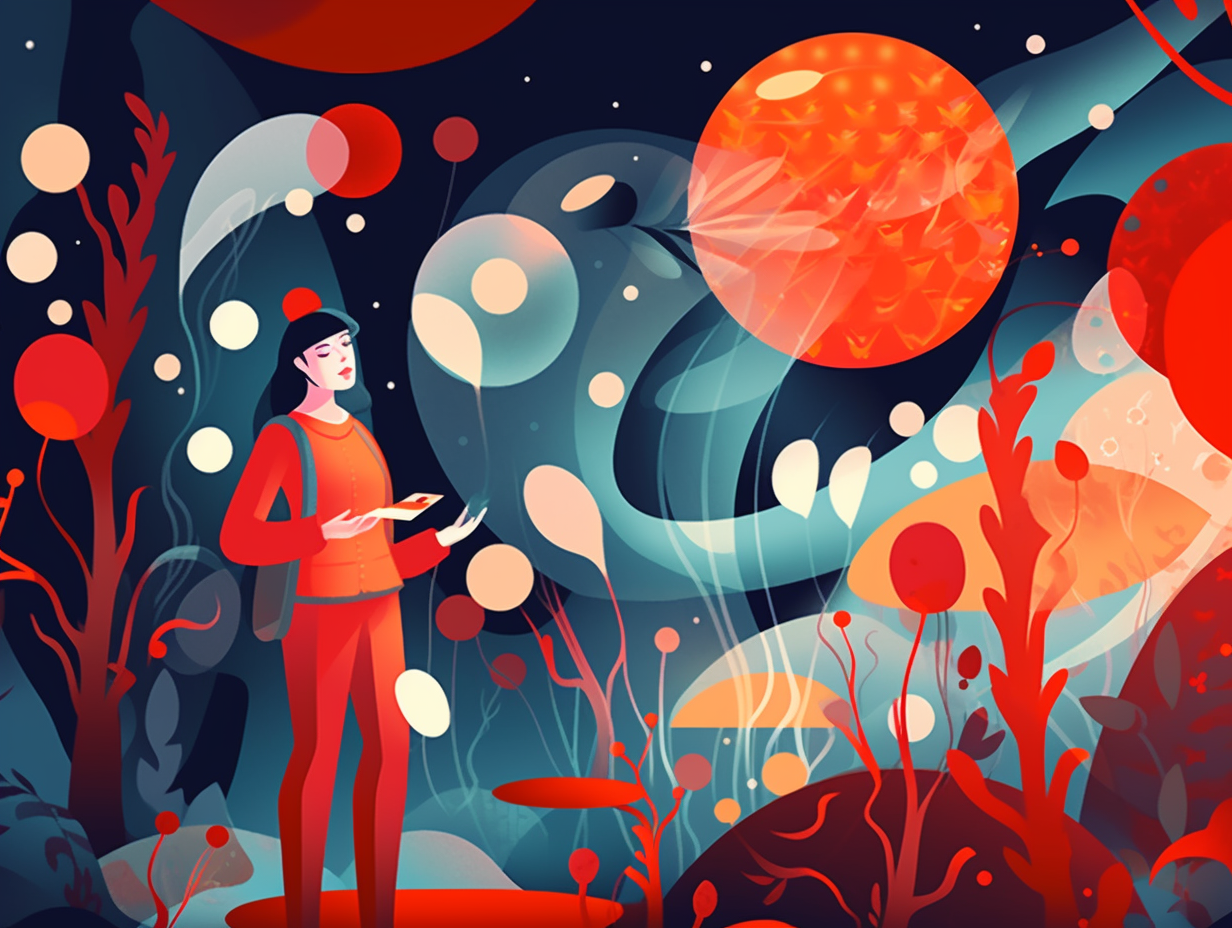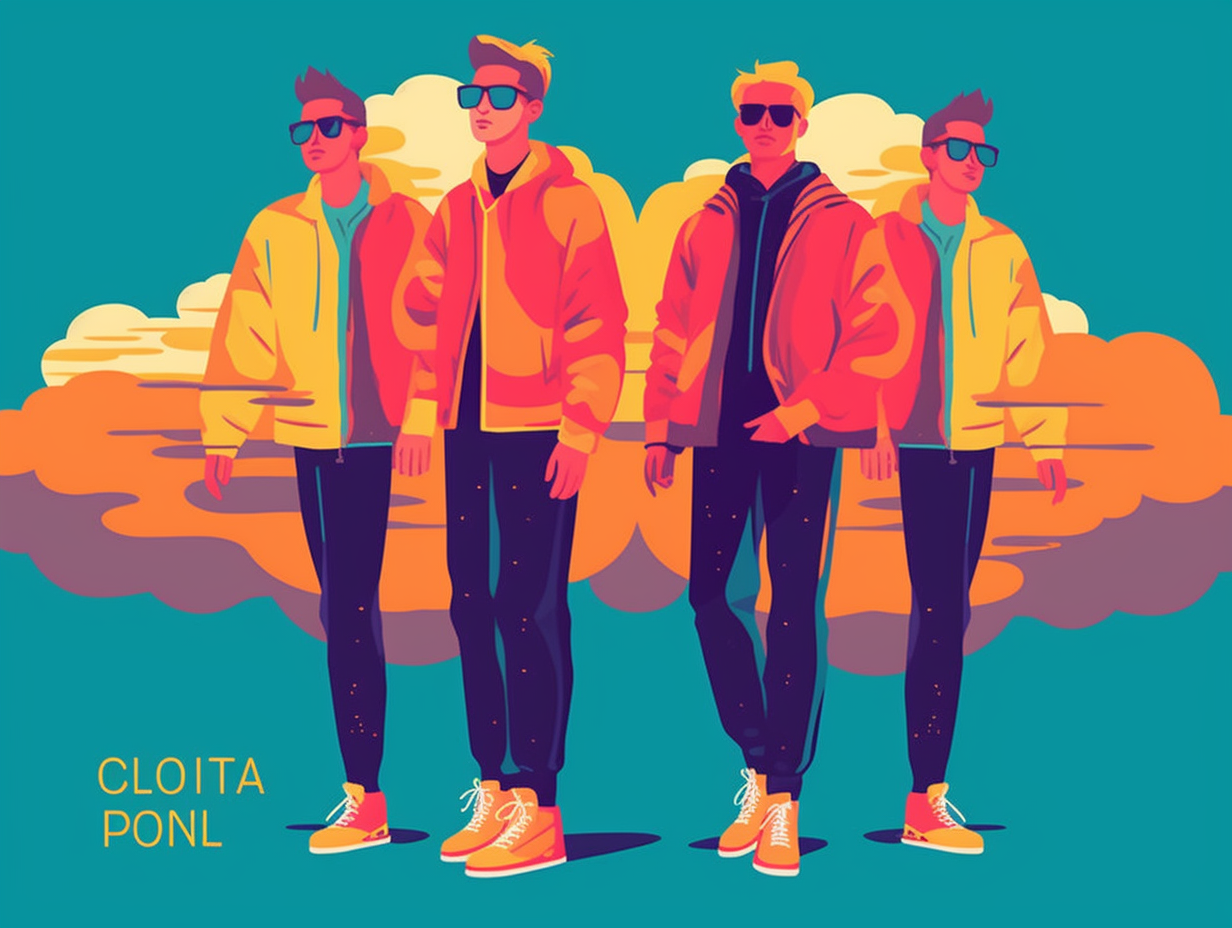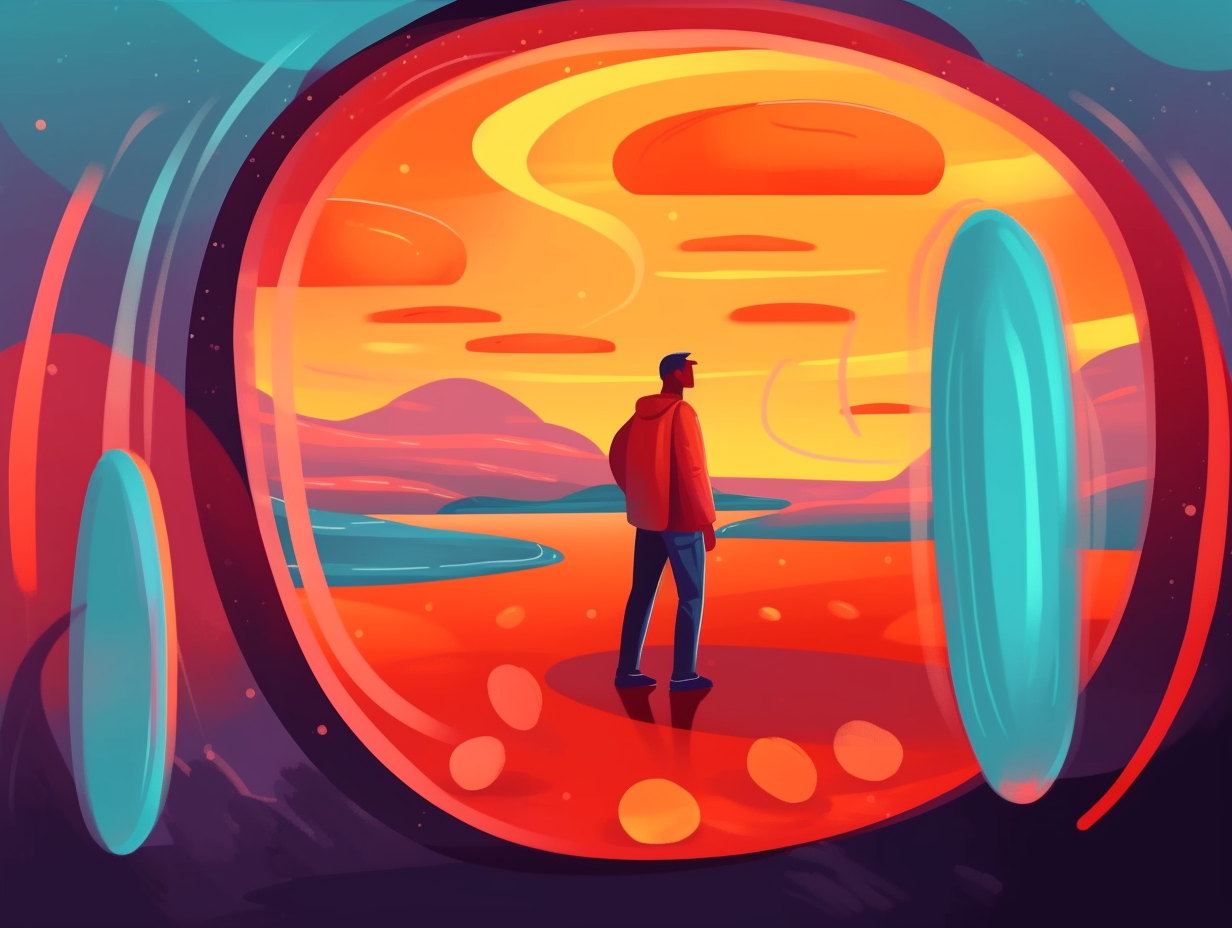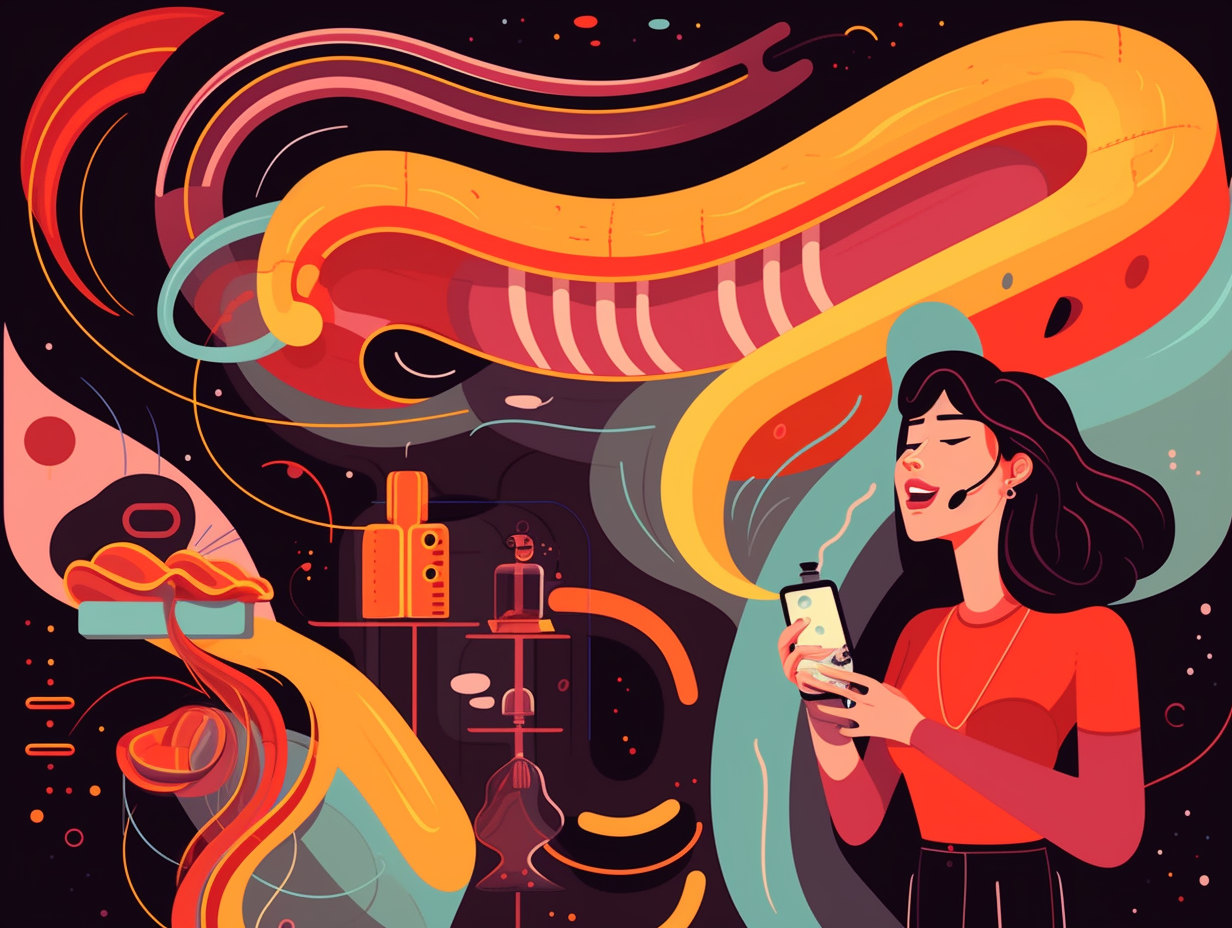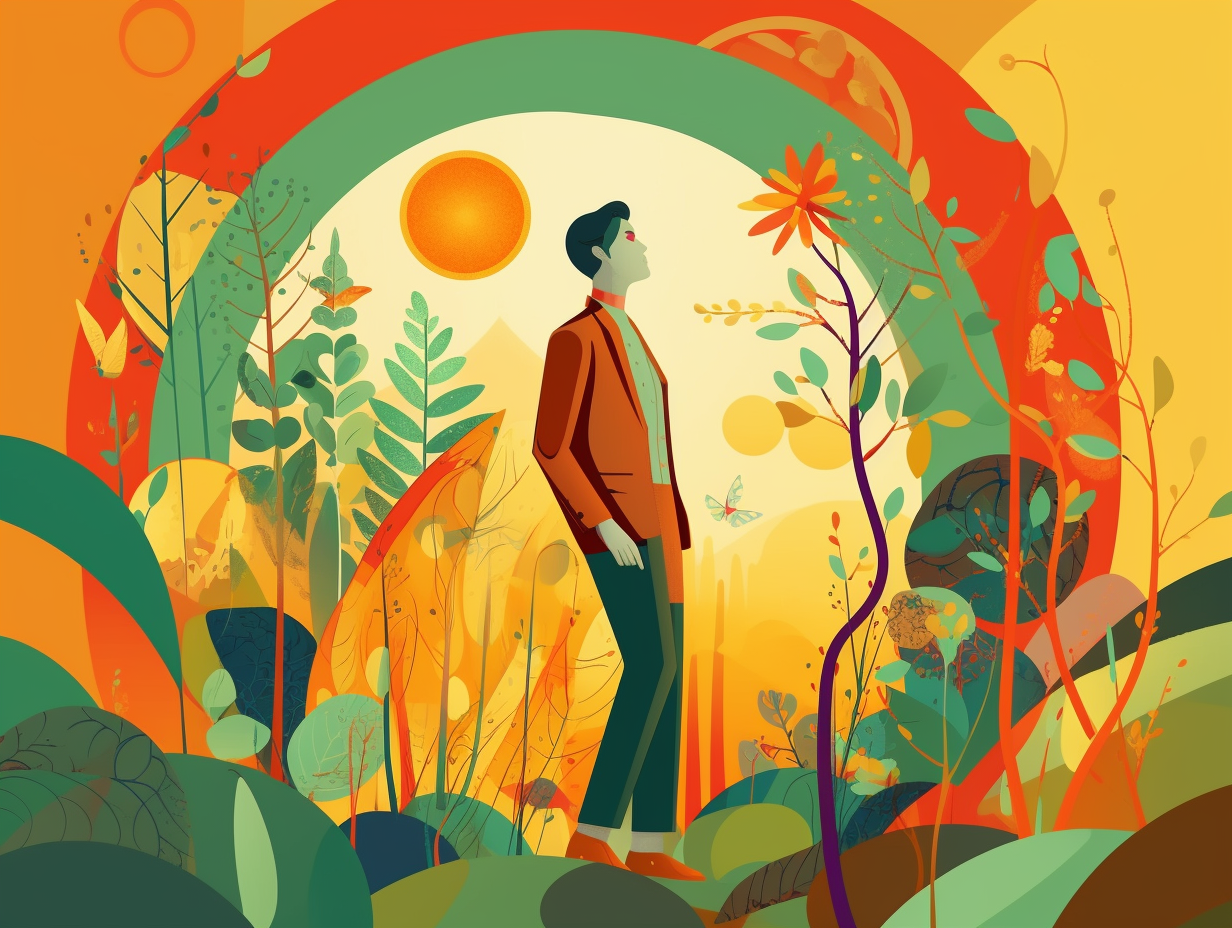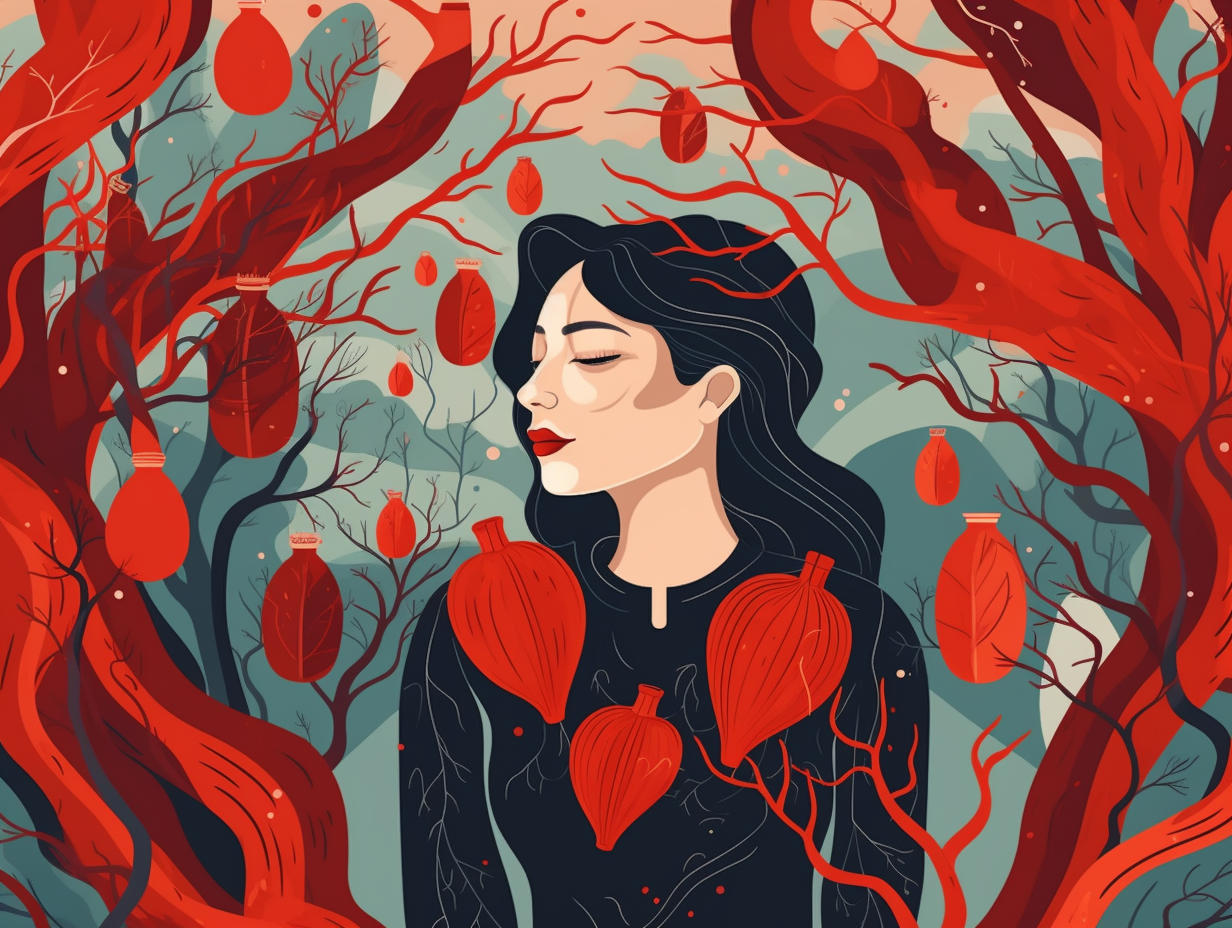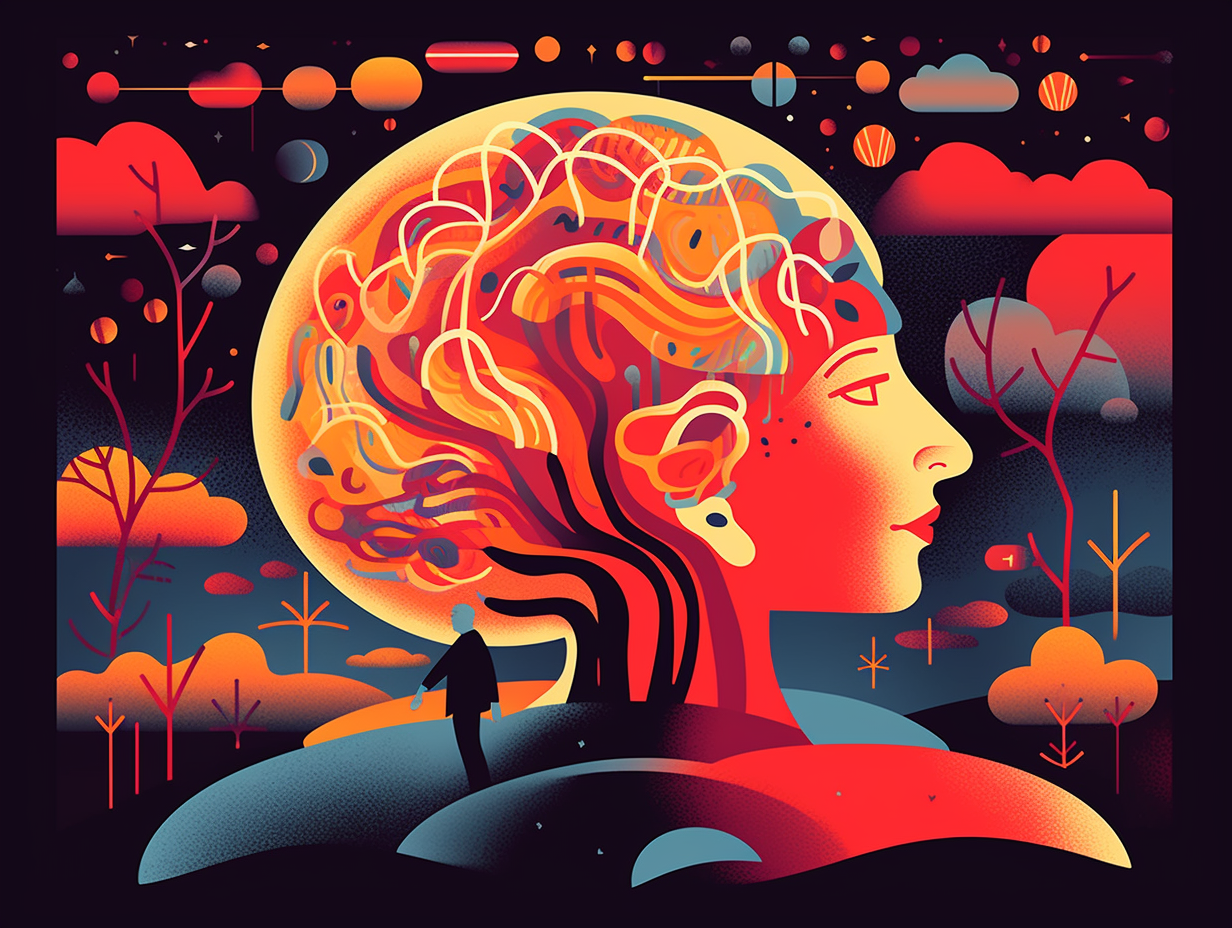Discover the Unusual: Top 10 Fascinating Mutation Facts You Never Knew!
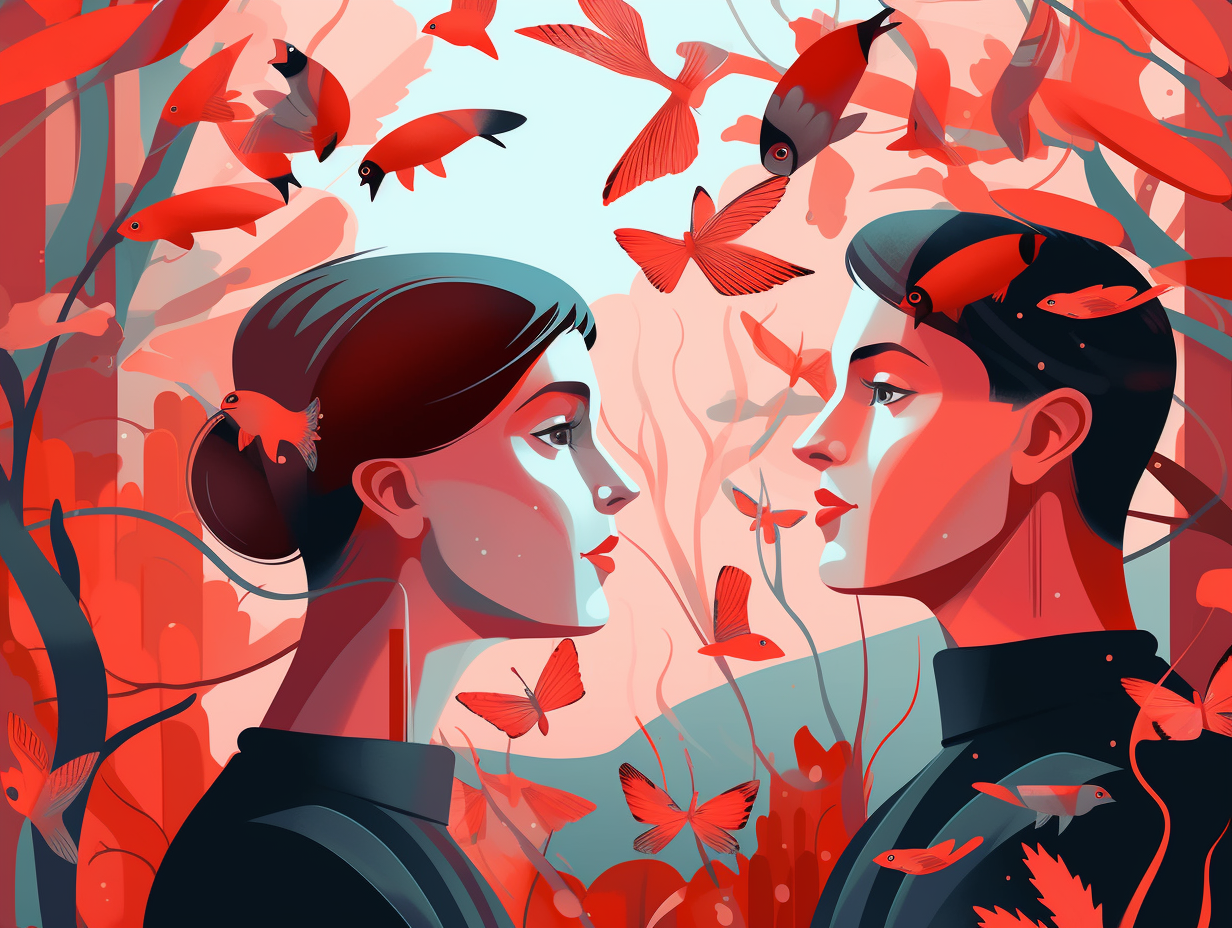
1. Popeye's Buff Baby
If Popeye mated with a bodybuilder and had a non-spinach eating baby: they might have myostatin-related muscle hypertrophy, a rare genetic mutation in the MSTN gene that grants them naturally increased muscle mass and strength without having to hit the gym or chomp down leafy greens!
Source => medlineplus.gov
2. Orange Lobsters on the Runway
Whoever said orange is the new black must have had a vision of the lobster world: Scientists have discovered at least 35 orange lobsters off the coast of Nova Scotia, a genetic mutation that suppresses other pigment colors, allowing these vibrant crustaceans to dodge predators and potentially shift the ocean's ecosystem. Fear not, seafood fans—their fashion-forward hue doesn't change the taste of their meat.
Source => cbc.ca

Discover the surprising truth about our DNA similarities! 🧬 Just 0.1% genetic difference holds the key to unlocking personalized treatments for illnesses. Explore the wonders of our genetic code now! ✨
=> Fun Facts about Dna
3. Bodybuilder Cows, No Gym Required
Who let the cows out: These brawny bovines aren't just pumping iron at the barnyard gym; they're actually born that way, thanks to mutations in their myostatin gene! Belgian Blue and Piedmontese cattle breeds have naturally increased muscle mass due to different mutations, such as an 11-nucleotide deletion or a missense mutation, respectively.
Source => pnas.org
4. Origami Ears and Kitty Cat Troubles
Who let the cat out of the bag? Scottish Fold cats did, with their adorably malfunctioning origami ears: These feline cuties carry a genetic mutation that not only awards them signature folded ears, but also increases their risk of polycystic kidney disease and cardiomyopathy, making responsible breeding essential for their health.
Source => treehugger.com
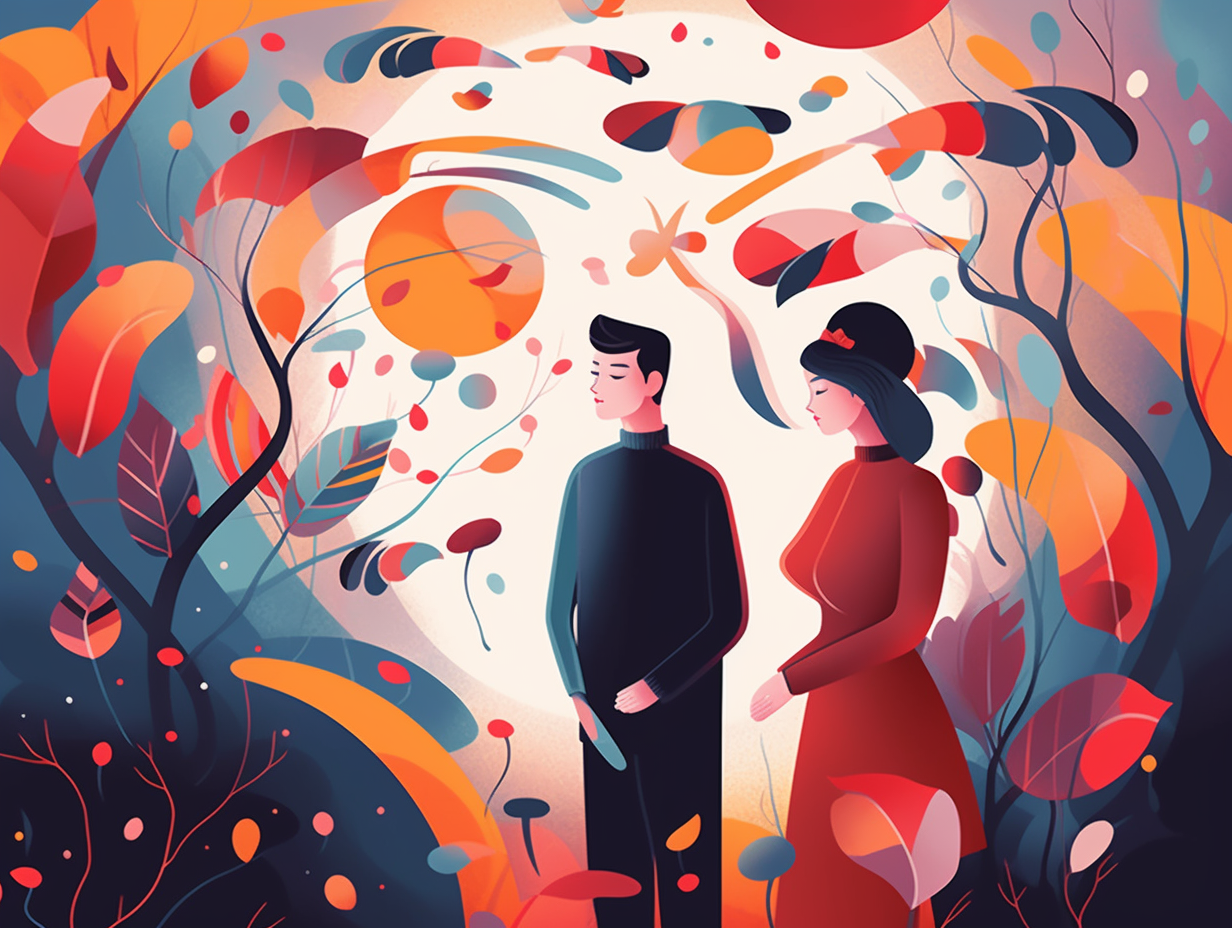
5. Ginger Sun Struggles: The Melanoma Connection
Gingers, beware! Your sunscreen may need some backup: A study published in JAMA Dermatology found that those with two variants of the Melanocortin-1-Receptor (MC1R) gene have a higher risk of melanoma, regardless of UV exposure, due to a lack of efficient UV shielding and an increase in reactive oxygen species and DNA damage. So remember, wearing hats and avoiding the sun is essential for our red-haired friends!
Source => ncbi.nlm.nih.gov
6. DNA's Chaotic Game of Musical Chairs
Did you know that your DNA hosts a wild game of musical chairs? And all because of these unscrupulous party crashers called transposable elements: They're actually rogue DNA sequences that sneakily change their positions within your genome, leading to mutations and potentially causing genetic diseases. Good thing they're not as good at hide-and-seek as they are at causing chaos!
Source => en.wikipedia.org
7. Everybody is a Mosaic - Mutant Cells Included
Knock, knock. Who's there? Just a few unexpected mutant cells residing in your body: Did you know that everyone is technically a mosaic, carrying at least one genotypically distinct cell? Most of these mutations are harmless and eliminated by apoptosis; however, some can lead to chromosomal abnormalities, cancers, and phenotypic variations in various tissues and organs.
Source => ncbi.nlm.nih.gov
8. The Disease That Wipes Away Fingerprints
If you think getting through airport security is tough these days, imagine being a person with "immigration delay disease" – no, they're not just slow travelers, they literally can't leave a trace behind: Adermatoglyphia, a rare genetic condition, causes the absence of fingerprints as well as unique skin features such as small white bumps on the face, blistering of heat-exposed skin, and reduced sweat glands on the hands and feet.
Source => medlineplus.gov
9. Gene Matchmaking: A Picky Process
When genes play "matchmaker" they're awfully picky with their suitors: Research suggests that for successful gene conversion, a type of homologous recombination, there must be a minimal efficient sequence homology (MESH) of about 92% between the interacting sequences. Plus, local DNA sequence features like (C + G)-rich regions, CpG-rich regions, non-B DNA structures, and stable hairpin conformations seem to predispose to gene conversion, greatly impacting all matters of genetic mutations and inherited diseases.
Source => ncbi.nlm.nih.gov

10. Cats with Extra Toes: Gripping Evolution
Cats took "hold your horses" quite seriously and evolved to have more toes for better grip: Polydactyly in cats is an inheritable genetic mutation resulting in extra toes on their front and/or hind feet, which can vary in structure, number, and functionality – though breeding these cats for human amusement is not advisable due to potential health risks.
Source => icatcare.org
Related Fun Facts




